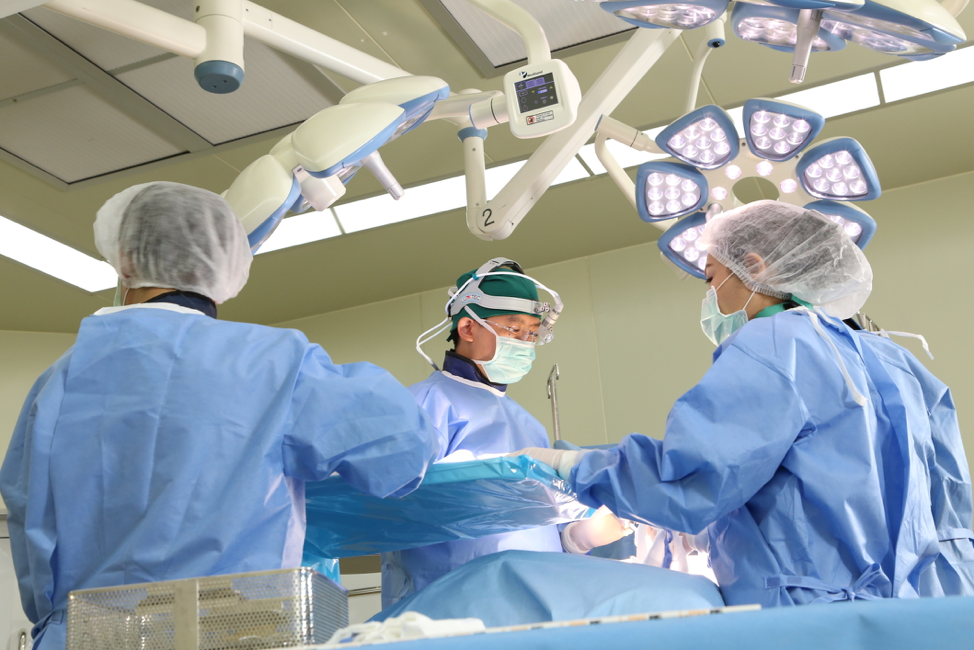
September 9, 2019
Surgery of any kind is still a major medical procedure, but thanks to technological innovations, better information sharing, and more thorough training, it is now safer than ever in history. Traditionally, surgery was performed with crude medical instruments, poor hygiene, and no anesthesia for patients. Death or serious injury after surgery, mostly from infection, were incredibly common.
Fewer Medical Errors
Mistakes by surgeons and other medical staff can harm patients as well. Medical errors are the third leading cause of death in the US, but that number is getting better. Thousands of lawsuits are filed and won each year by patients who have been injured because of surgical errors. To meet the legal definition of malpractice, it must be proven that doctors failed to properly follow standards of care and that their negligence directly caused the injury to the patient. Common examples of surgical errors include leaving a medical instrument in a patient’s body, cutting a nerve, or operating on the wrong body part.
Lower Occurrence of Complications
Complications from surgical procedures, often life-threatening, are historically common with even minor surgery. Even with all due diligence from providers and the proper use of equipment, complications can arise. These have included shock, wound infection, negative reactions to anesthesia, and pulmonary embolism. Taking a full account of a patient’s pre-existing conditions and personal medical history can assist in avoiding complications from surgery.
Communication Technology Improving Surgery Safety
Telehealth is the use of telecommunication technology for delivering health care. A variety of applications currently exist for internet-based medical care, now including for surgery. Recently, doctors in China successfully performed brain surgery remotely using a 5G internet connection. The ability to monitor surgical procedures in real-time and share information could make surgical errors and complications nearly obsolete. While a crucial piece of data could slip past one surgeon, the likelihood of that happening diminishes with more skilled practitioners or even computer programs monitoring a procedure. The applications of artificial intelligence technology to surgery are just beginning to take hold. For example, artificial intelligence developers are working on programs that can detect bleeding during surgery, identify the exact type and source of the blood, and determine what action, if any, is needed to correct the problem.
Humans are now entering what technologists call the Fourth Industrial Revolution, a reference to the enormous digitalization of almost every process, including health care. Surgery will become even safer as we progress.
